Dharamshala, 27th July: Border tensions between India and China have been high for more than a year, following the biggest battle in nearly five decades in Ladakh’s Galwan Valley, which is part of the Aksai Chin-Ladakh area controlled by China but claimed by both countries. Despite ongoing talks to resolve border disputes, the Chinese have yet to ‘go back.’ According to The Indian Express, senior Indian government officials have told that “so-called Chinese citizens” have erected tents on the Indian side of the Charding Nala in Demchok, eastern Ladakh.
On the other side of the Sindhu river in the Demchok district, Chinese People’s Liberation Army troops and civilians had protested against Tibetan spiritual leader Dalai Lama’s birthday celebrations earlier in July. Prime Minister Narendra Modi officially wished the Dalai Lama on the same day, sending a message to China ahead of the 12th border conflict negotiations.
In late June, at least 50,000 additional Indian troops were deployed to the Indo-China border, which was a significant step. According to Bloomberg, the redeployment, which is a shift from a defensive to an offensive posture, will give Indian commanders additional choices to strike and grab land if necessary, in a technique known as “offensive defense.” According to the source, Indian military personnel and fighter jet squadrons have been relocated to three different sites along the Chinese border, bringing the total number of troops in the area to approximately 200,000.
Despite Indian government officials’ requests for the Chinese occupying the tents set up in Demchok to leave, ‘their presence endures,’ according to The Indian Express. After tensions near the high-altitude border began to rise in April 2020, India and China launched diplomatic and military talks. The relationship between the two countries remains at a crossroads, despite 11 core-commander-level meetings for disengagement and de-escalation at the LAC. Last month, an Indian External Affairs Ministry spokeswoman blamed the continued tensions on China’s activities of stationing a significant number of troops in border areas and last year’s offensive along the LAC.
Image Source: thequint

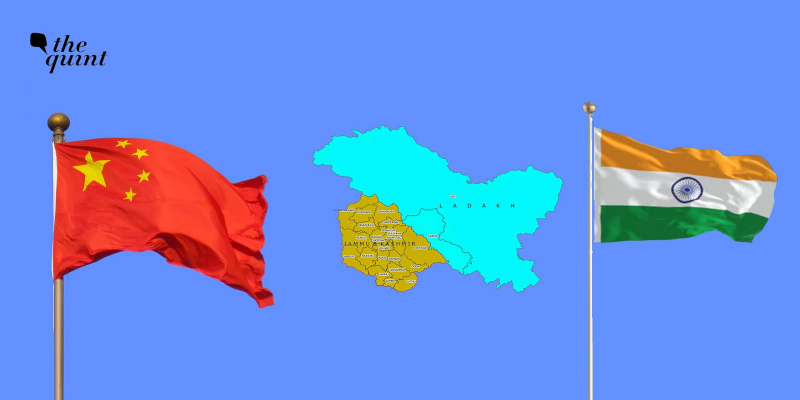
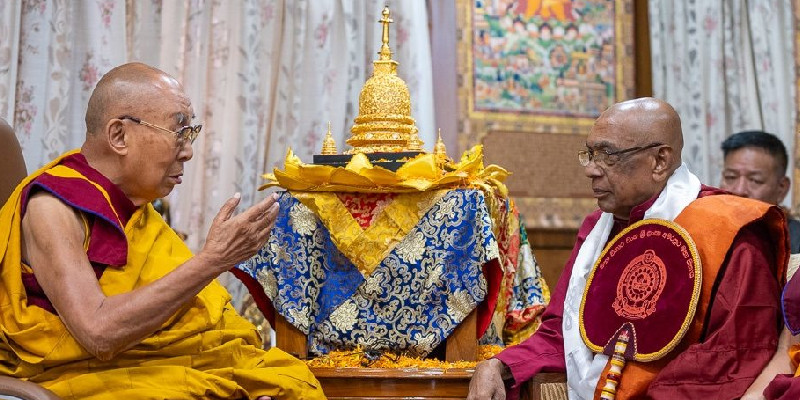
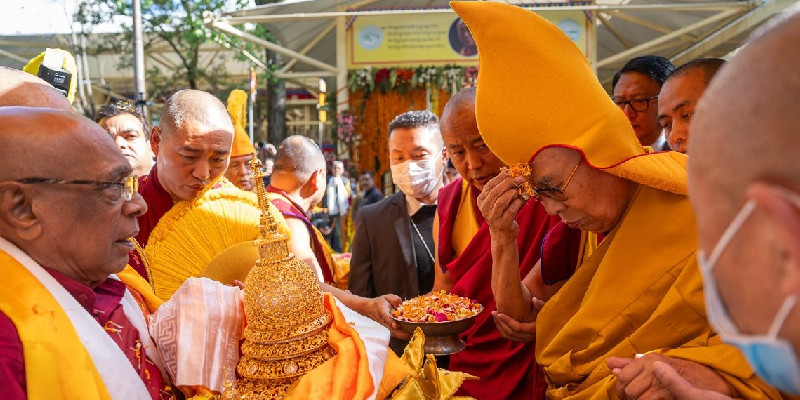
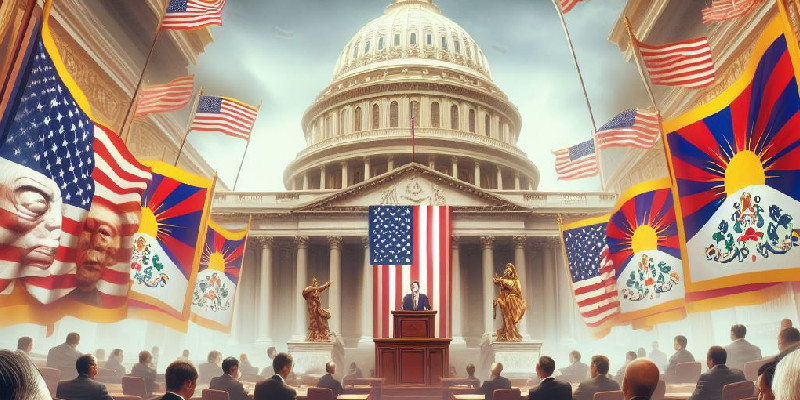

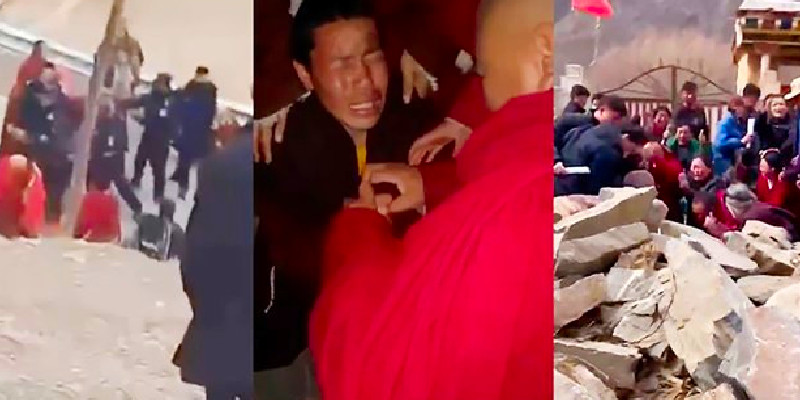
Leave a Reply